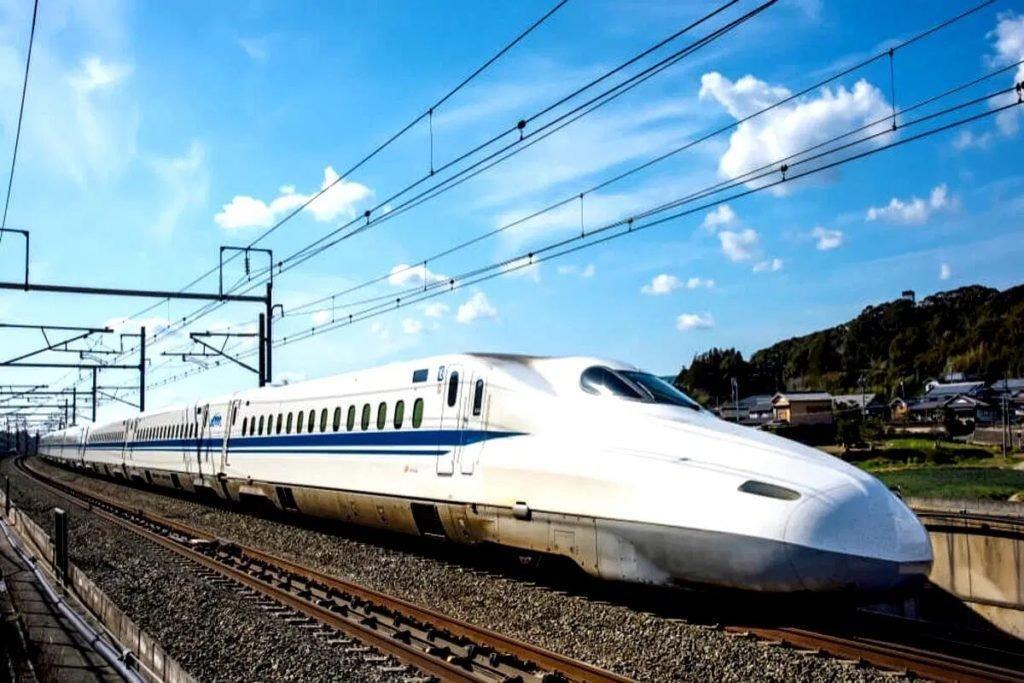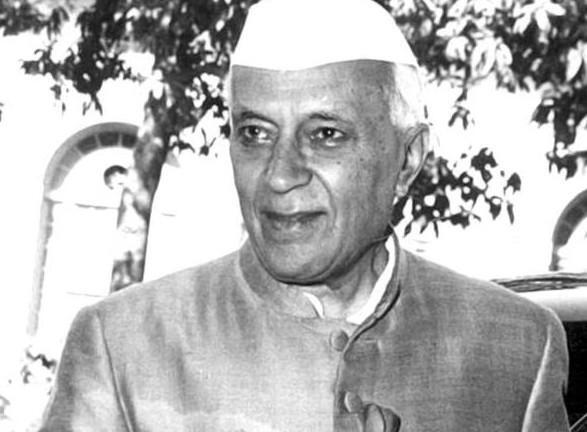
Japan Initiates Train Trial for India’s First Bullet Train Project
The Mumbai-Ahmedabad High-Speed Rail (MAHSR) project has taken a significant step forward with the initiation of the trial phase of the first Shinkansen bullet train in Japan. The trial run is expected to provide valuable data that will aid in the future operations of the bullet train corridor and also facilitate the production of the next-generation E10 series Shinkansen trains under the “Make in India” initiative.
The MAHSR project, also known as the Ahmedabad-Mumbai High-Speed Rail Corridor, is a joint venture between the Indian and Japanese governments. The project aims to connect the cities of Mumbai and Ahmedabad with a high-speed rail network, reducing travel time between the two cities to just about 2 hours. The project is expected to revolutionize the way people travel in India, making it faster, safer, and more convenient.
The trial phase of the Shinkansen bullet train is a crucial step in the project’s development. During the trial, the train will run at a speed of around 320 kmph, mimicking the conditions it will face on the MAHSR corridor. The data gathered during this phase will help the Indian Railways and the Japan International Cooperation Agency (JICA) to fine-tune the train’s performance, optimize its maintenance, and identify areas for improvement.
The trial run is also expected to provide valuable insights into the behavior of the train under various conditions, such as extreme temperatures, humidity, and weather conditions. This data will be used to develop strategies to mitigate any potential issues that may arise during the operation of the bullet train in India.
The E10 series Shinkansen trains, which are being developed for the MAHSR project, are designed to be more efficient, faster, and environmentally friendly than the existing Shinkansen trains. The trains will be equipped with advanced technologies, such as regenerative braking, which will help to reduce energy consumption and emissions.
The “Make in India” initiative, launched by the Indian government in 2014, aims to promote domestic manufacturing and reduce dependence on imports. The production of the next-generation E10 series Shinkansen trains in India will not only create jobs and stimulate economic growth but also reduce the country’s reliance on foreign technology and expertise.
The MAHSR project is expected to be completed by 2026, with the trial run of the Shinkansen bullet train marking a significant milestone in the project’s development. The project is expected to benefit not only the states of Maharashtra and Gujarat but also the entire country, promoting economic growth, reducing carbon emissions, and improving the quality of life for millions of Indians.
In conclusion, the trial run of the Shinkansen bullet train in Japan is a significant step forward for India’s first bullet train project. The data gathered during this phase will help to ensure the smooth operation of the bullet train corridor and the production of the next-generation E10 series Shinkansen trains under the “Make in India” initiative. The project is expected to revolutionize the way people travel in India, making it faster, safer, and more convenient, and promoting economic growth and development in the country.
Source: https://metrorailnews.in/train-trial-for-indias-first-bullet-train/






